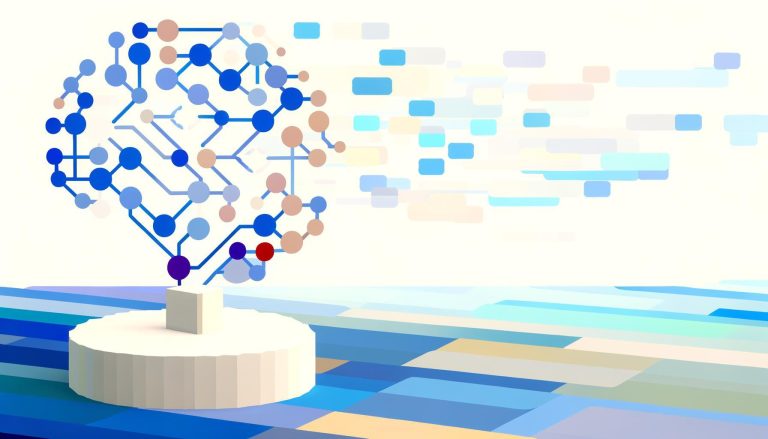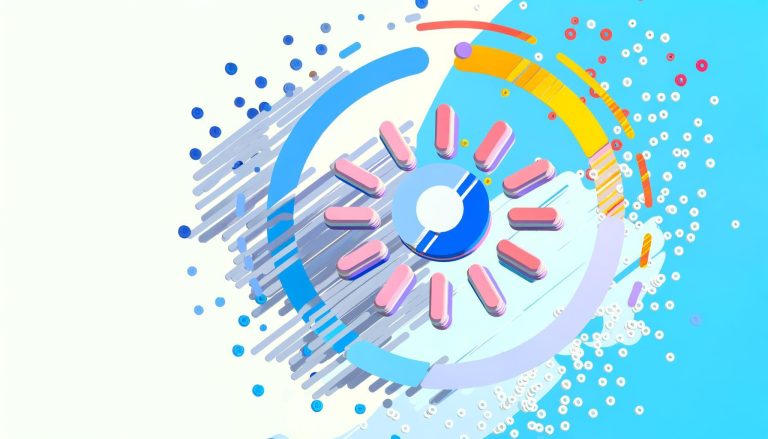Hoarding disorder, especially among the elderly, is a growing concern that significantly impairs quality of life and presents safety hazards. Recent advancements in artificial intelligence (AI) offer promising new ways to understand and treat this complex condition. In this article, we will explore how AI can be leveraged to help elderly populations affected by hoarding disorder, providing valuable insights and innovative approaches to improve their well-being.
Understanding Hoarding Disorder in the Elderly
What is Hoarding Disorder?
Hoarding disorder is characterized by an excessive accumulation of items and difficulty discarding them, leading to cluttered living spaces that interfere with daily functioning. It is a mental health condition that can be driven by emotional, cognitive, and psychological factors.
Why Are the Elderly More Vulnerable?
Several factors contribute to higher rates of hoarding disorder among the elderly:
- Life Experiences: Older adults may have experienced significant losses or trauma, leading to emotional attachment to possessions.
- Isolation: Social isolation can exacerbate hoarding as individuals seek comfort in their belongings.
- Cognitive Decline: Dementia and other cognitive impairments can affect decision-making and impulse control.
Challenges in Treatment and Management
Treating hoarding disorder in elderly populations presents unique challenges:
- Reluctance to Seek Help: Many elderly individuals are resistant to intervention due to embarrassment or distrust.
- Complexity of Cases: Hoarding often coexists with other mental health conditions, complicating treatment plans.
- Physical Risks: Cluttered environments pose physical hazards such as falls, making in-person interventions risky.
The Role of AI in Understanding Hoarding Disorder
Data Collection and Analysis
AI can improve our understanding of hoarding disorder through the collection and analysis of vast amounts of data:
- Surveys and Questionnaires: AI algorithms can analyze responses from standardized assessments to identify patterns and risk factors.
- Behavioral Data: Cameras and sensors in homes can unobtrusively monitor behavior, providing real-time data on hoarding actions.
- Social Media Analysis: AI can analyze social media posts to detect signs of hoarding behavior, offering a non-invasive way to gather information.
Predictive Modeling
AI algorithms can identify individuals at risk for hoarding disorder by analyzing various datasets. By detecting subtle indicators, such as changes in purchasing habits or increased social isolation, AI can help prompt early interventions.
Natural Language Processing (NLP)
NLP techniques can analyze verbal and written communication to identify signs of hoarding disorder. By examining language patterns, AI can detect expressions of distress, obsession with possessions, or other emotional cues associated with hoarding.
AI in the Treatment of Hoarding Disorder
Personalized Treatment Plans
AI can help tailor treatment plans to individual needs, making therapy more effective:
- Therapeutic Recommendations: AI can suggest specific cognitive-behavioral therapy (CBT) techniques based on a person’s unique symptoms and behaviors.
- Monitoring Progress: AI-powered apps can track a patient’s progress and adjust therapy recommendations in real-time.
Remote Therapy and Support
AI-powered platforms enable remote therapy sessions, providing access to mental health care for those who may be homebound or live in remote areas:
- Virtual Therapy: AI can facilitate virtual therapy sessions, making it easier for elderly individuals to receive regular, consistent care.
- Chatbots: AI-driven chatbots can offer support and guidance between therapy sessions, helping individuals stay on track with their treatment plans.
Environmental Monitoring and Intervention
AI technologies such as smart home devices can monitor the home environment and alert caregivers or mental health professionals to potential hazards:
- Clutter Detection: AI can identify excessive clutter and trigger interventions before the situation becomes dangerous.
- Health and Safety Alerts: Sensors can detect unsafe conditions, such as blocked exits or fire hazards, and notify relevant parties.
Practical Tips for Implementing AI Solutions
Ethical Considerations
When implementing AI solutions, it is crucial to consider ethical implications, such as:
- Privacy: Ensuring the privacy and confidentiality of individuals being monitored is paramount.
- Consent: Obtaining informed consent from individuals is necessary before deploying AI technologies in their homes.
Collaboration with Healthcare Providers
AI solutions should complement, not replace, traditional mental health care. Collaboration between AI developers and healthcare providers ensures that AI tools are used effectively and ethically.
Education and Training
Providing education and training for both healthcare providers and individuals on the use of AI in managing hoarding disorder can enhance acceptance and effectiveness:
- Training Healthcare Providers: Equip mental health professionals with the knowledge and skills to integrate AI tools into their practice.
- Educating Patients and Caregivers: Help elderly individuals and their caregivers understand the benefits and limitations of AI technologies in managing hoarding disorder.
Conclusion
Artificial intelligence holds immense potential in understanding and addressing hoarding disorder in elderly populations. By leveraging AI for data analysis, predictive modeling, and personalized treatment, we can offer new hope and improved outcomes for those affected by this challenging condition. As we continue to advance AI technologies, ethical considerations and collaboration with healthcare providers will be key to ensuring these innovations are both effective and compassionate.
For individuals or caregivers looking to monitor moods, set goals, and track progress in addressing hoarding disorder, consider using the Zenora app. It offers journaling, habit tracking, and goal-setting features that can complement AI-driven interventions and support overall mental health and well-being.





